As rare cars go, models created to homologate a car for motorsport don’t get much rarer. But when the development project for the rally car is cancelled at the eleventh hour because the organisers of the World Rally Championship rip up the rule book and leave the car makers in the lurch, what you’re left with is a true unicorn of the car world.
In a nutshell, that’s the sorry saga behind this ill-fated Toyota. Codenamed 222D, it was intended to take Toyota into the Group S category of international rallying. But even with the best laid plans and brightest brains in motorsport, everything went wrong.

Group S had been planned to take over from Group B, which had turned into something of an arms race. The intention of the governing body, the Fédération Internationale de l’Automobile (FIA), was to slow down the pace of the cars and make it more affordable for the manufacturers to develop and homologate their competition cars.
However, tragedy would strike rallying and Group B, when one fatal accident after another saw to it that drastic action had to be taken immediately to keep participants and spectators safe, and protect the image of the World Rally Championship. The FIA banned the category in 1986, five years after its introduction. The machines it had created were, brutally put, lethal weapons.
It meant that Group S, which had been due supersede Group B from 1988, was dropped as the FIA pivoted to Group A which was far closer to cars found in showrooms. And that meant that manufacturers such as Toyota were left with specialist cars that had nowhere to compete. They were fit for one thing and one thing only, as far as senior executives and legal departments were concerned… the crusher.
Only 10 had to be built for homologation purposes, and it is thought – but not recorded by Toyota – that just 11 of the 222D prototypes, which were loosely based around the first generation Toyota MR2, were made. Just two escaped the crusher, saved on the sly by members of Toyota competition department in Europe. Only one runs, and even then only infrequently.
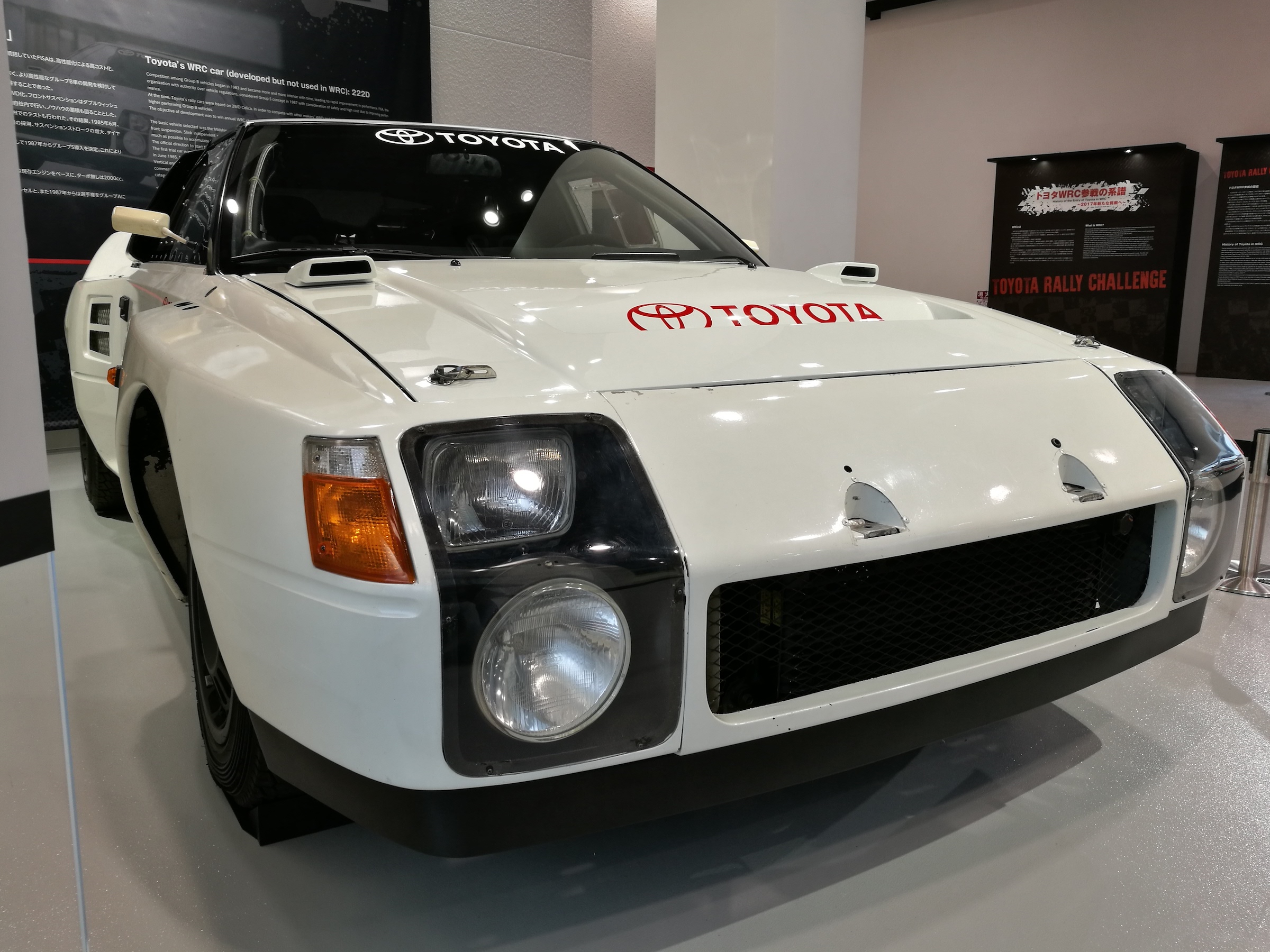
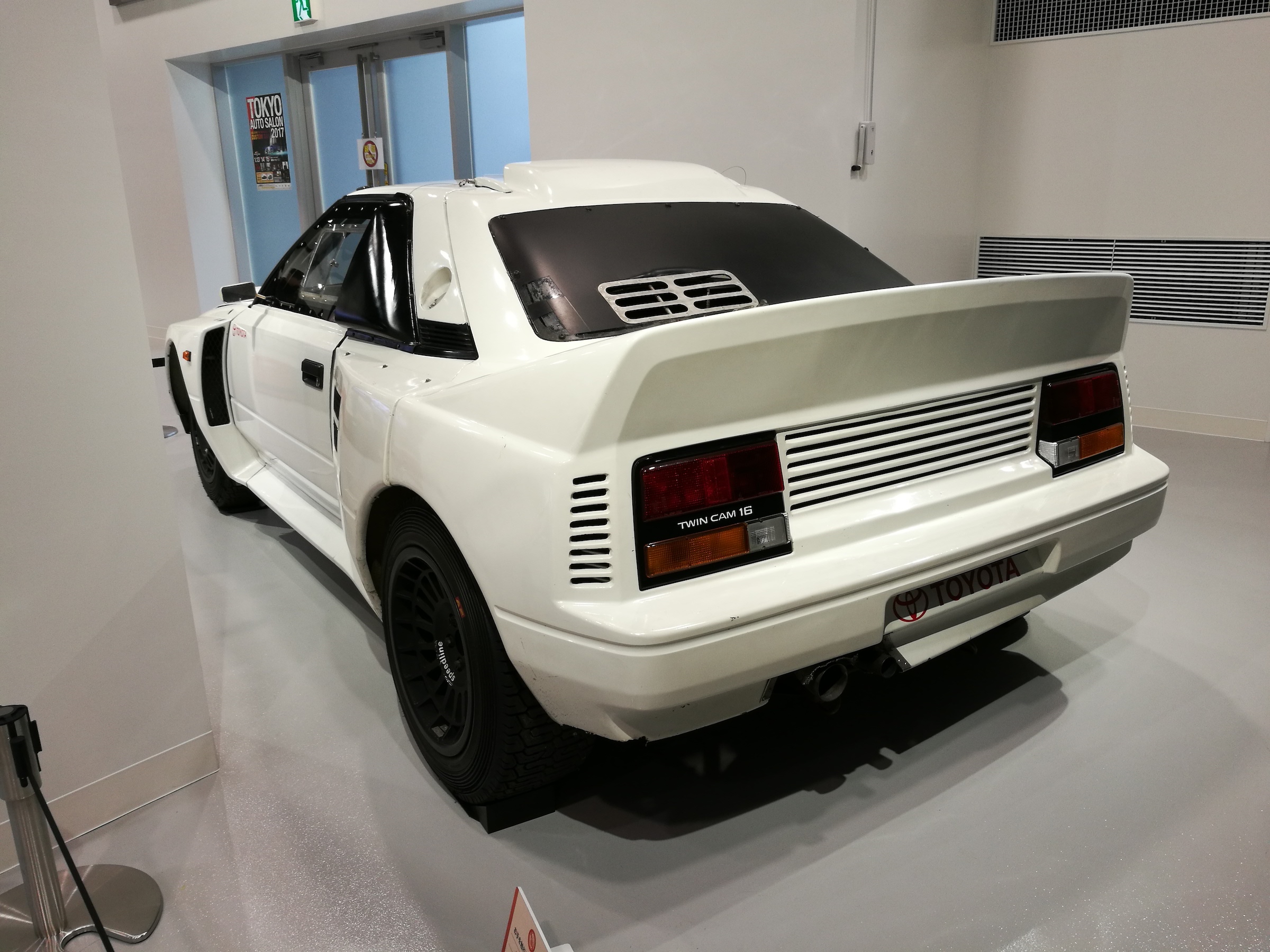
Next month, motorsport enthusiasts prepared to travel to Belgium can live out their co-driver fantasies from the seat of a 222D for the very first time. Marque enthusiast Wim Hapers is nearly a decade into the build of his 222D replica, and will be offering passenger rides for charity at the Glosso circuit in Arendonk, Belgium.
€15 buys a run in the car, based, as were the 11 originals, on the AW11 (Mk1) Toyota MR2. Hapers made a buck for the wide arches and nosecone at home. Starting with a rusty Mk1 as his basis, he used detailed photos and the few official measurements that existed to refashion the bodywork.
Last year, he added slots for the front indicators, headlight units, and auxiliary driving lights. Between 2019 and 2020, in collaboration with motorsport specialist, DICZcars, he produced and sold 222D body kits after requests poured in online.
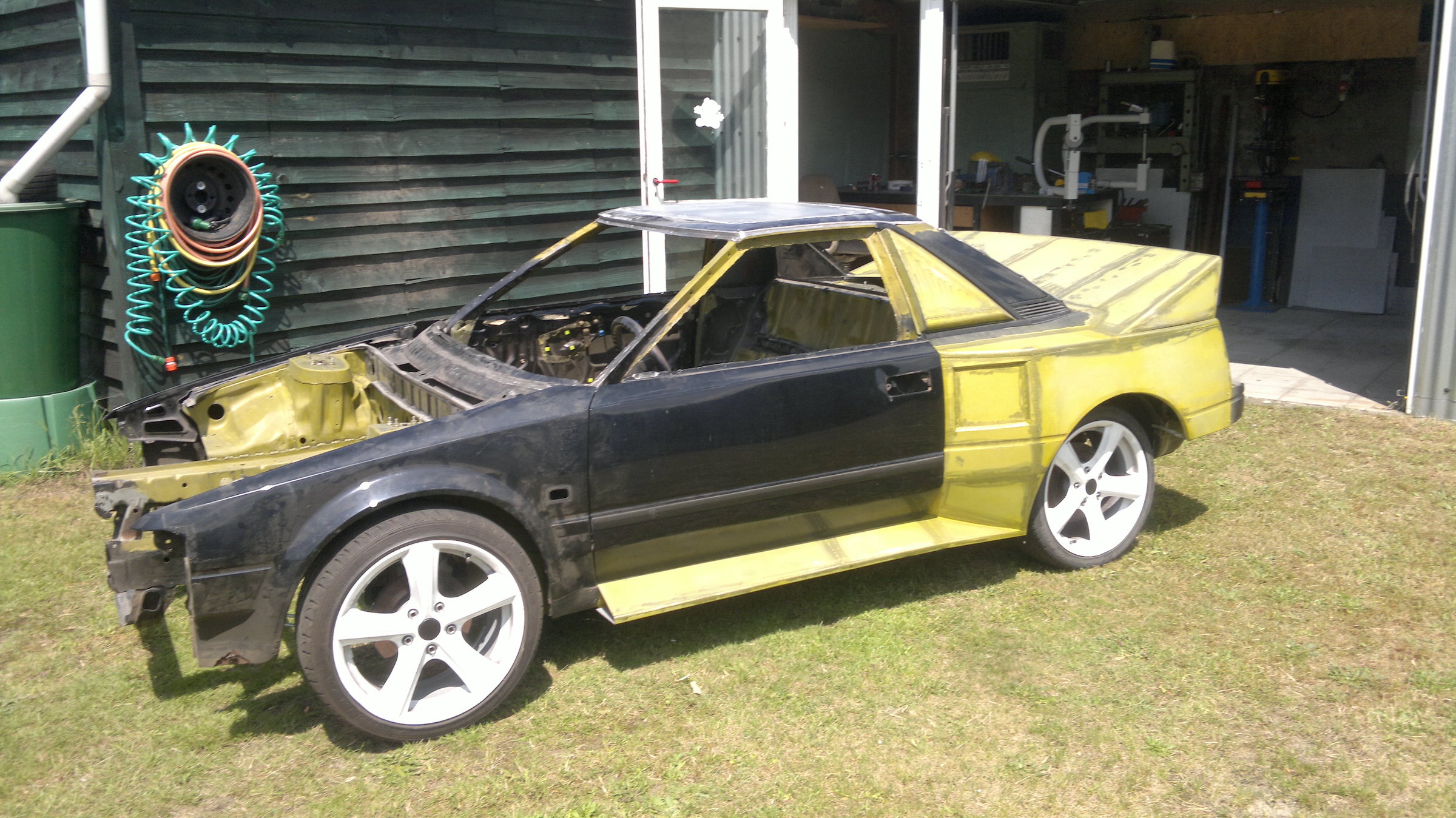
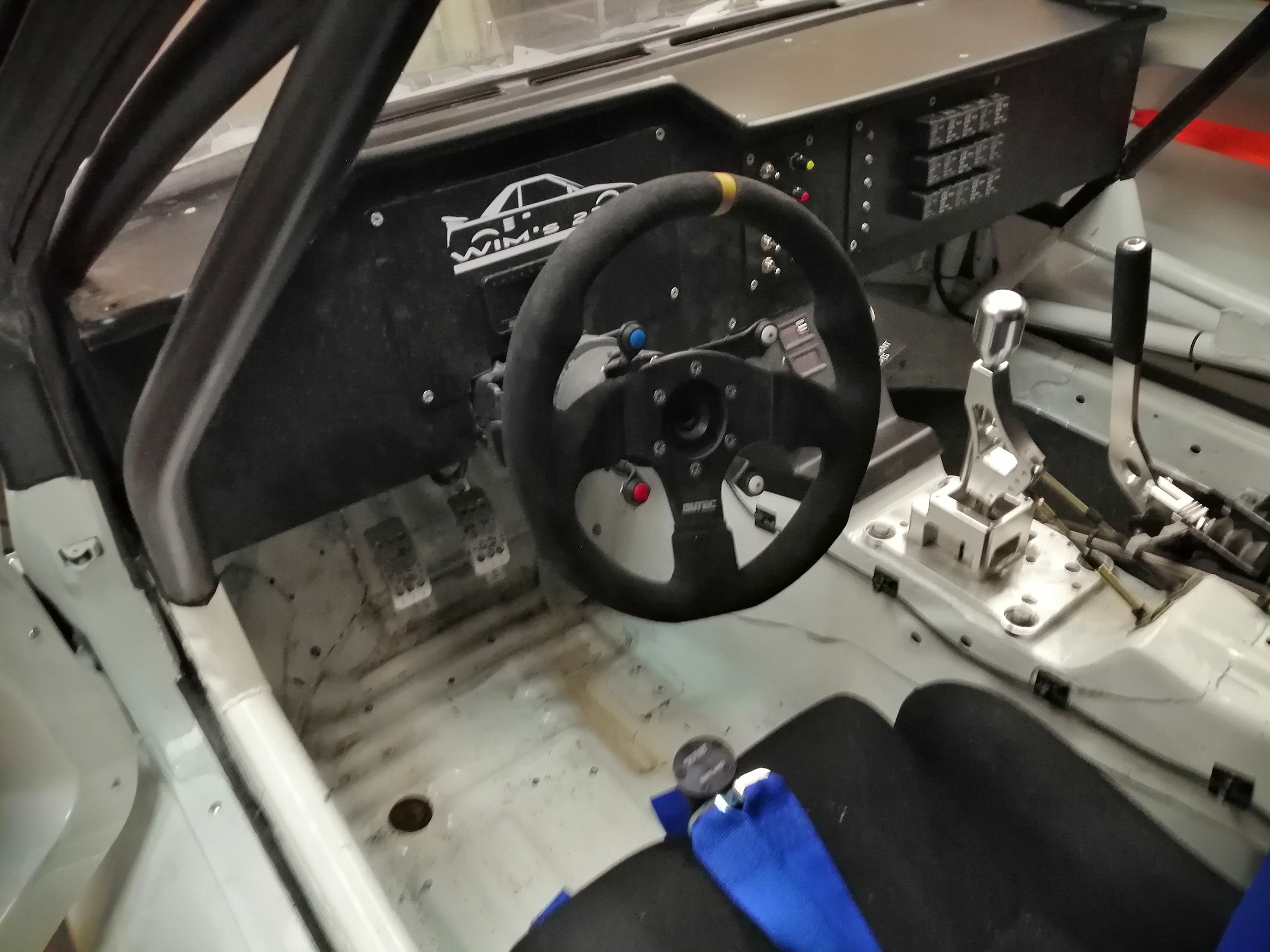
Over time, Haper’s tribute car lost its original, naturally aspirated, 1.6-litre, 4A-GE engine in favour of a 2.0-litre 3S-GTE engine (like that used in the Celica GT-Four and MR2 Turbo) slotted into a home-fabricated rear structure. The car was then mapped, stickered, tested and shaken down in 2021 at the Circuit Jules Tacheny Mettet, in Southwest Belgium, with a dyno recording 285 horsepower at the wheels.
Later that year, the car competed at the Course de Côte de Sy, with Hapers improving the bodywork as permitted by his health issues; you can watch his progress and see the car in action via his Facebook page, TTE 22 2D Replica Build.
Think of Hapers’ car as a greatest hits compilation of the 222D and you won’t be far off the mark. Its 3S-GTE takes place of the original’s 2.1-litre, motorsport 503E unit, and remains rear-wheel-drive, a configuration used by four of the 11 cars built by Toyota Team Europe (TTE) between 1984 and 1986.
The seven other 222Ds, again with 503E engines, used an Xtrac-developed all-wheel drive system; all but two (one all-wheel drive car, painted black, and one rear-wheel drive car, painted white) survived.
Up to this point, privateers had been rallying production-based MR2s in Japan and in Europe, with the likes of Trust-Tokiko and Klaus Fritzinger competing in the All Japan Dirt Trial and Tour D’Europe, respectively. A road-racing AW11 MR2 also appeared as the hero car in serialised manga Over Rev!, from 1996 until 2004.
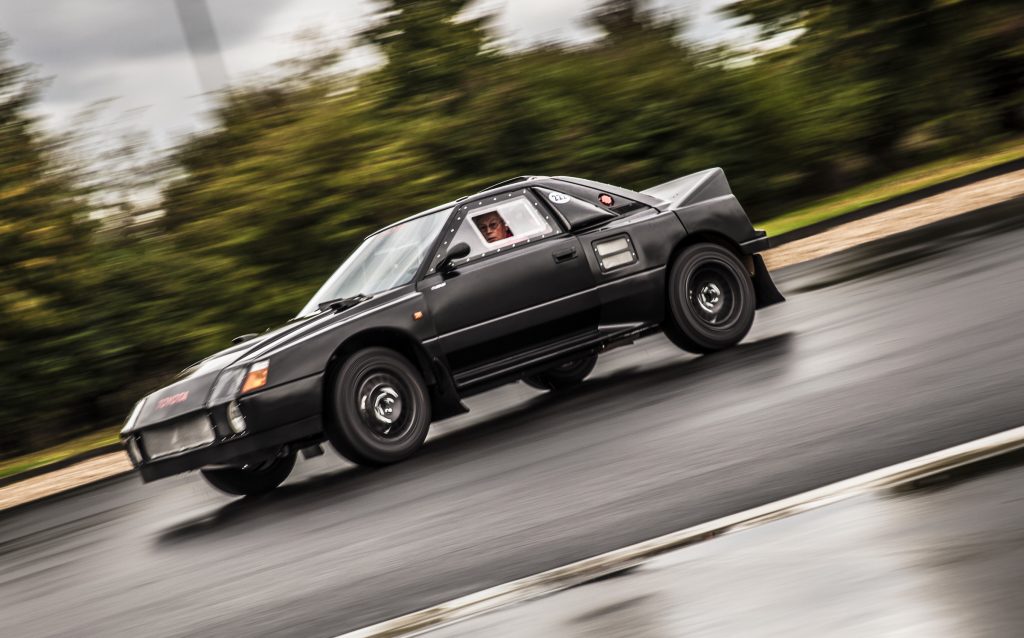
TTE’s cars are rarely seen – mechanical issues prevent the white, rear-wheel drive car, longitudinally engined, from appearing at heritage events; it was on display at Toyota Megaweb, in Odaiba, Tokyo, but that site closed on New Years’ Eve 2021 for redevelopment. The all-wheel-drive 222D (pictured above), however, made fleeting runs at the 2007 Goodwood Festival of Speed and 2016 Eifel Rally Festival in Germany.
Hapers’ 222D replica is a live, ongoing project, and one that’s rapidly accelerating despite legislation preventing him registering it for road use.
The chance to see and even ride in even a tribute to the 222D will have some Toyota and rally enthusiasts booking a ticket to Belgium. We can’t say we blame them.
Read more
Time-warp Toyota MR2 driven less than 1400 miles
Cult classic AE86 Corolla gets reproduction parts boost
Win a TVR to help Ukraine


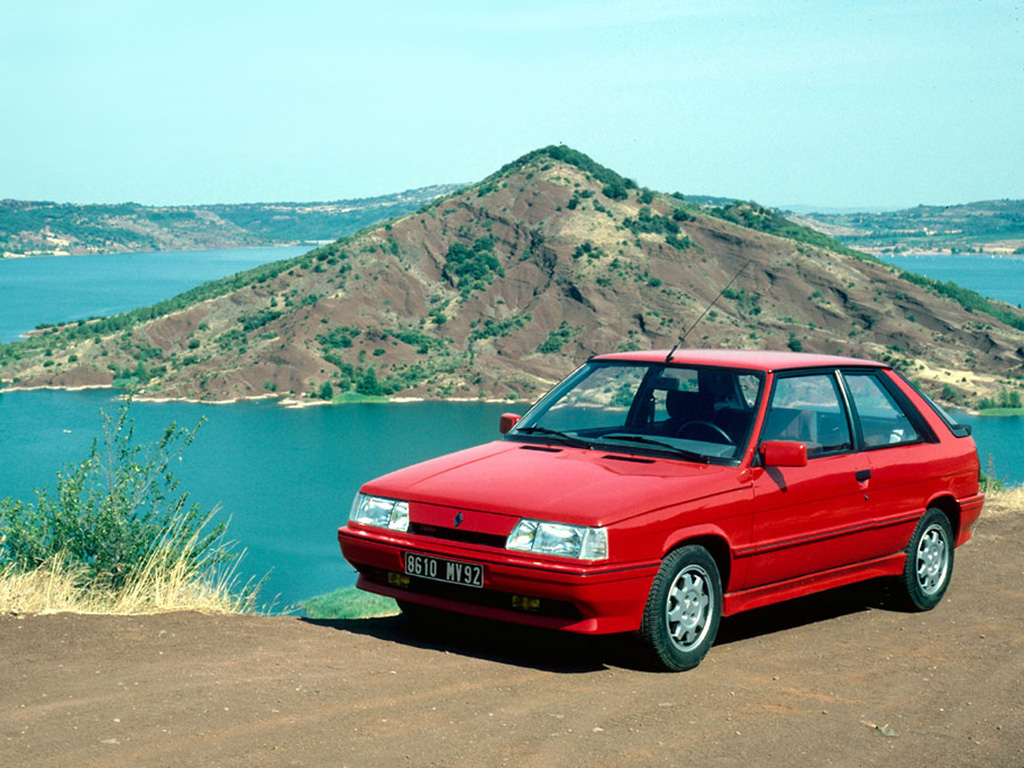







For anyone interested in how it performs/sounds, a video of it at Goodwood a few years back (run starts at 1:10, unless you’re a fan of Go West at extreme volume):
https://www.youtube.com/watch?v=1iW_qHorjFQ